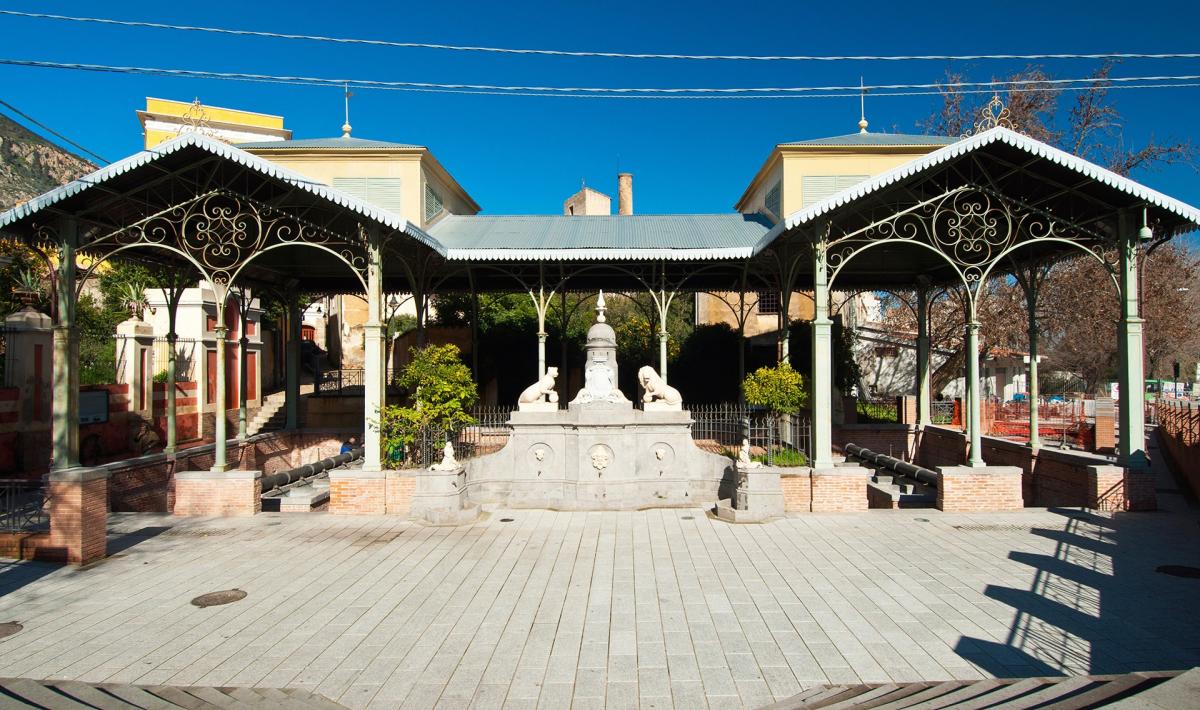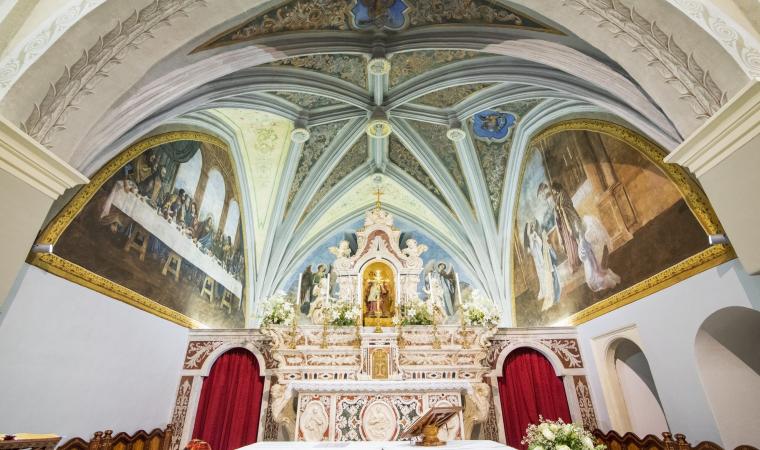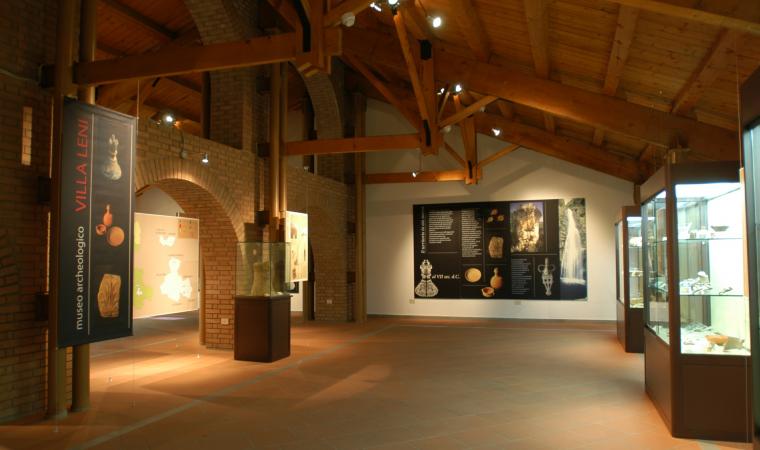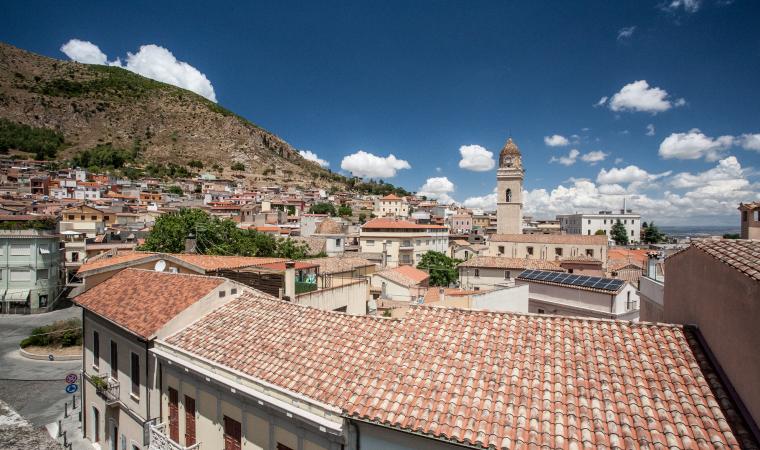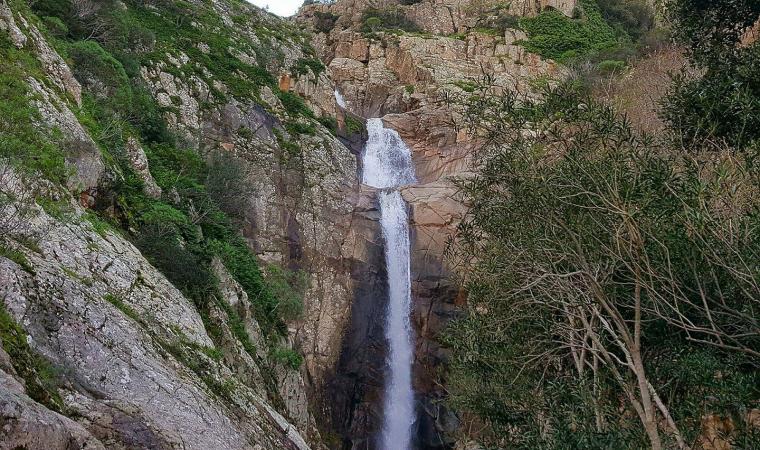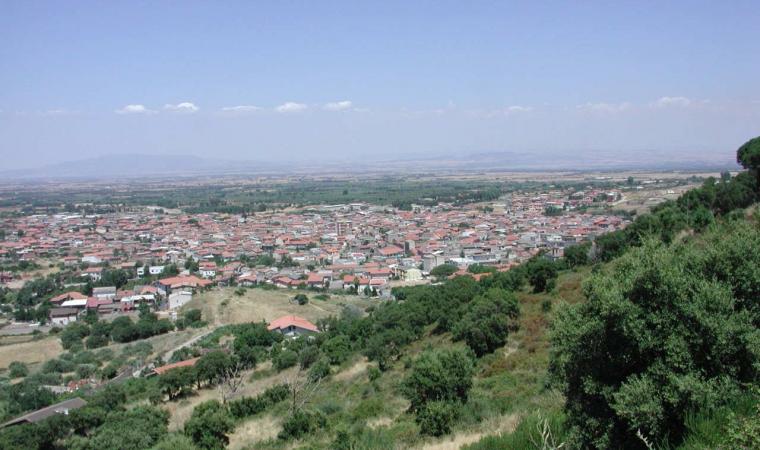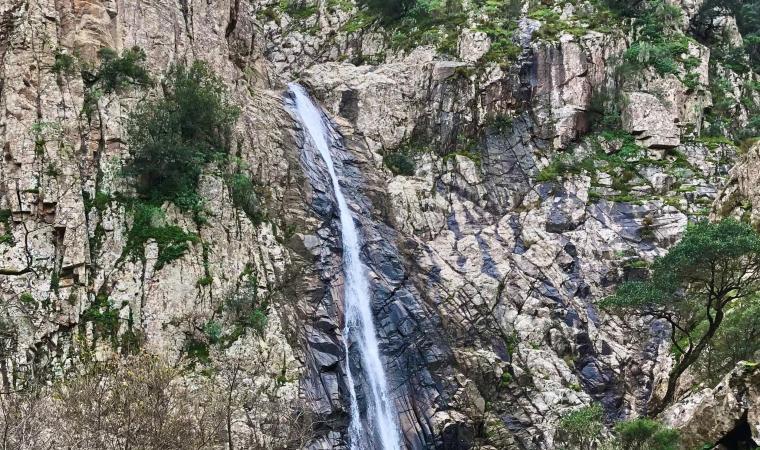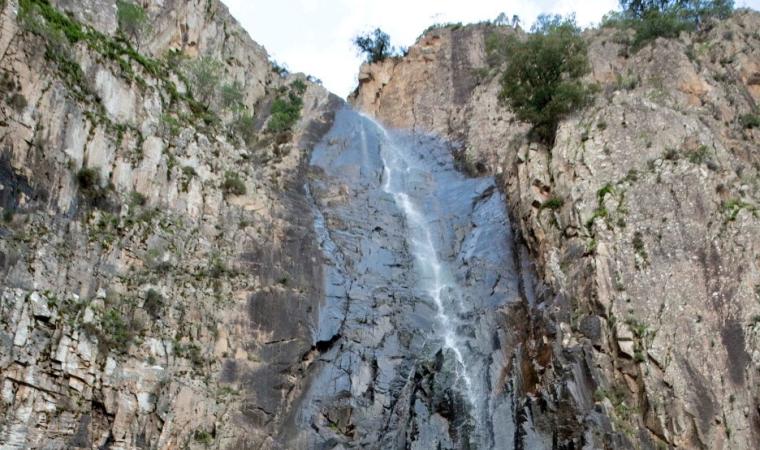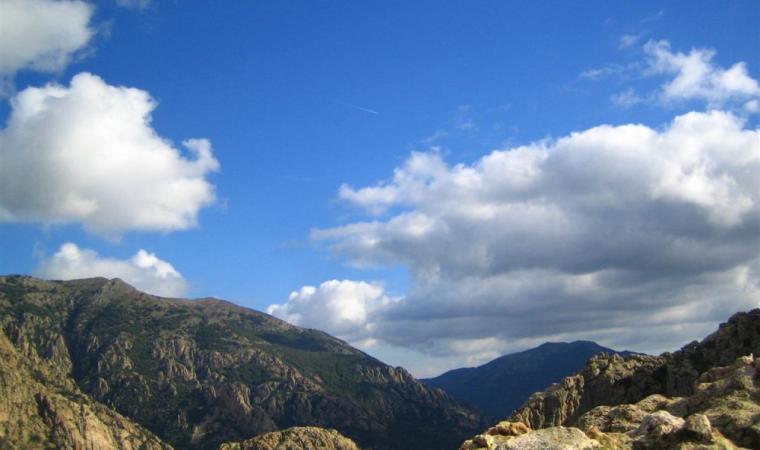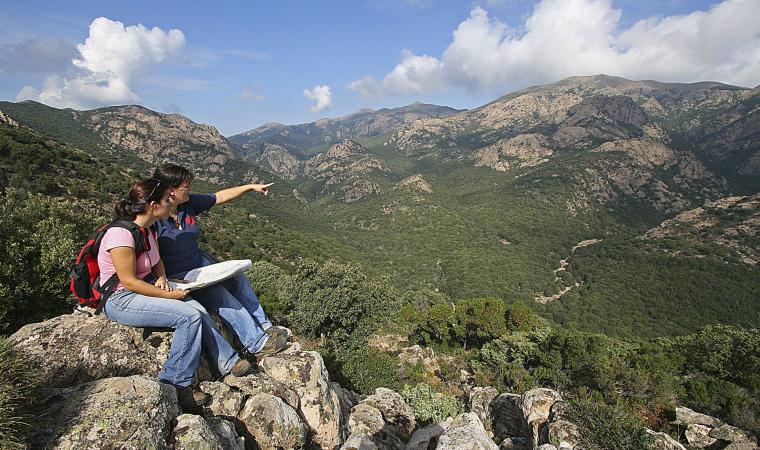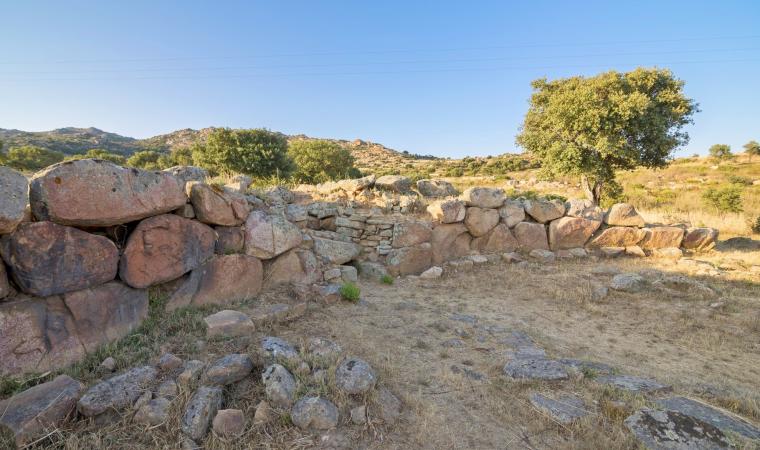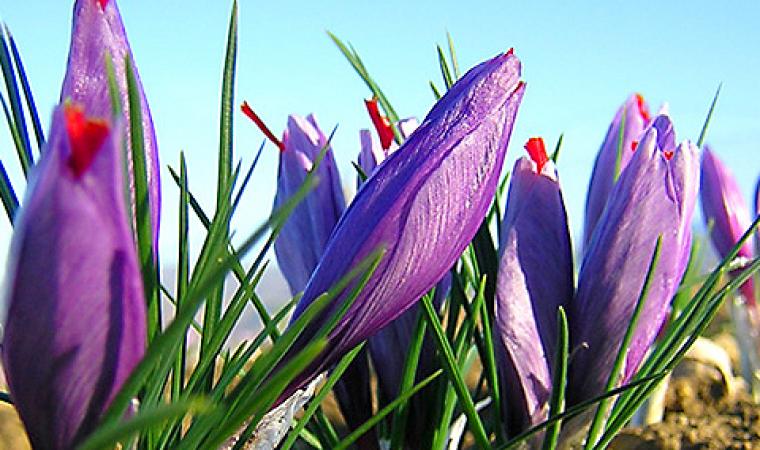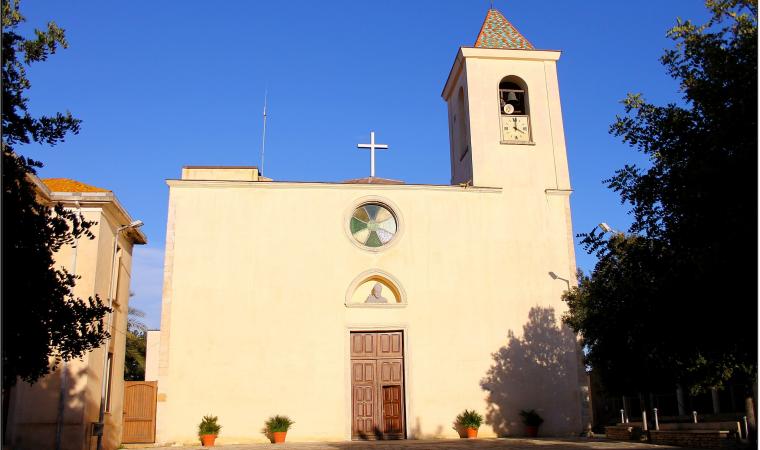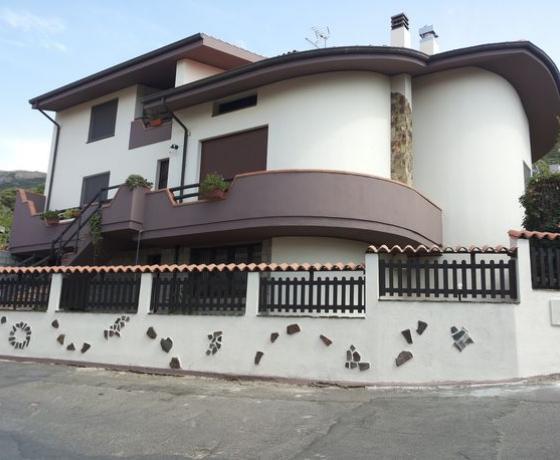“A large Art Nouveau-style roof supported by six cast iron columns adorned with squiggles and pine cones, about ten tubs with taps and drainpipes and a tank similar to that of the drinking troughs”: this is how Giuseppe Dessì describes it in his masterpiece ‘Paese d’Ombre’ (Village of Shadows), winner of the Strega Prize in 1972. The public washhouse of Villacidro, inaugurated in 1893, marked an era for the town at the foot of Monte Linas: not only were housewives no longer forced to go to the river to wash their clothes, but the public space, which was covered and sheltered, that people were forced to frequent while doing their washing, became a place for meetings and social gatherings. In his book, Dessì made it a symbol of the protagonist’s commitment, as a public administrator, against the arrogance of the powerful, in favour of ‘ecological’ progress.
The washhouse was located in the ancient central district of the village, known as Frontera de sa Mitza, and was originally part of a complex that also included a slaughterhouse, a few lodges and a drinking trough. Today it is the only surviving building, restored in the 1980s. Its appearance is that of a temple and it is considered one of the main Sardinian Art Nouveau-style architectural works. The construction material is black trachyte from Serrenti, with parts made of wrought iron and cast iron. The style of the decorations, floral motifs and sculptures was also Art Nouveau, but many of them have been lost. Twenty-two cast iron columns support the sheet metal roof, over the actual washhouse. You will see 36 masonry tubs covered in trachyte and a fountain, which is still active and functioning, with surviving statues: a lion, a lioness, a mermaid and several faces of angels. Today, the structure is on a lower level compared to its original position, due to urban planning needs and the progressive abandonment of the building, starting in the 1960s, when all the houses in Villacidro were already being served by the mains water supply. The demolition of the other structures in the complex also dates back to those years.
As well as the washhouse, there are other places of culture worth visiting in Villacidro, particularly the Villa Leni Archaeological Museum and the majestic Parish Church of Santa Barbara. Speaking of Giuseppe Dessì, don’t miss the itineraries in the cultural park named after him, which narrate the places linked to his works. The area around the town is an oasis to be discovered: as well as Monte Linas, other places that stand out are the lush forest of Monti Mannu and spectacular waterfalls, like sa Spendula, Piscina Irgas and, in the territory of Gonnosfanadiga, Muru Mannu.

